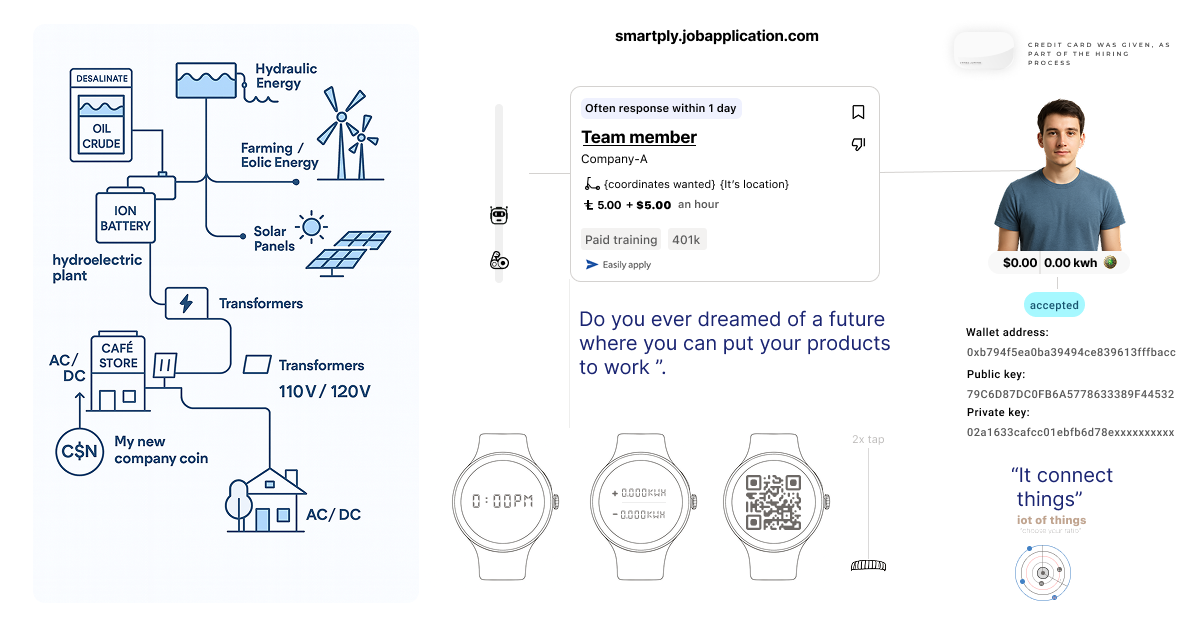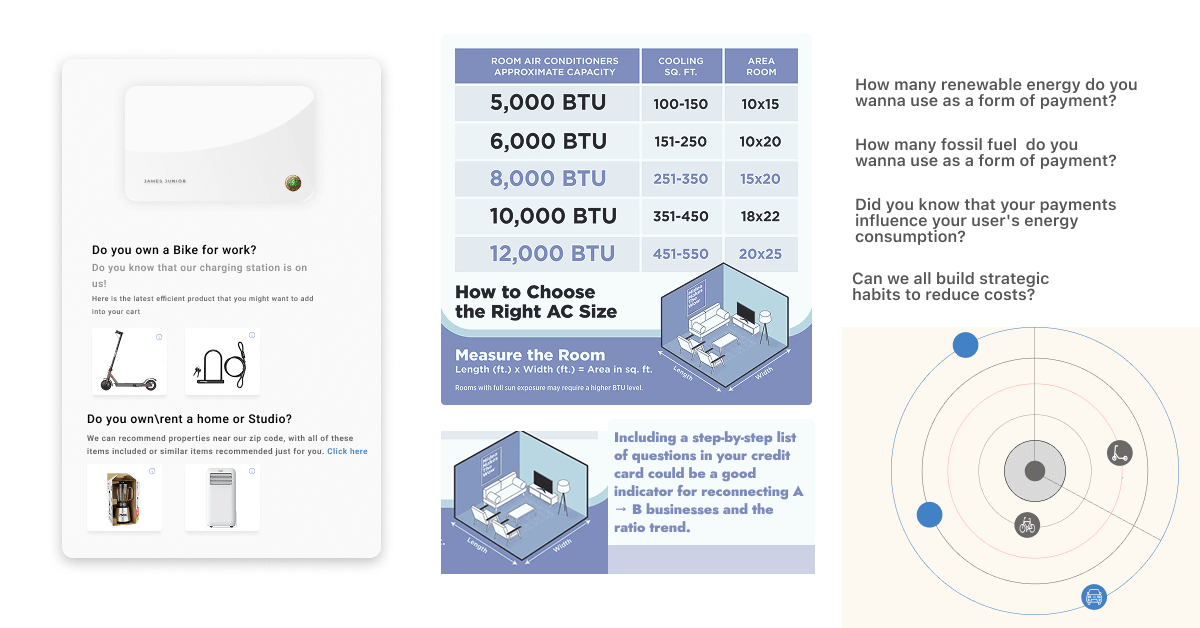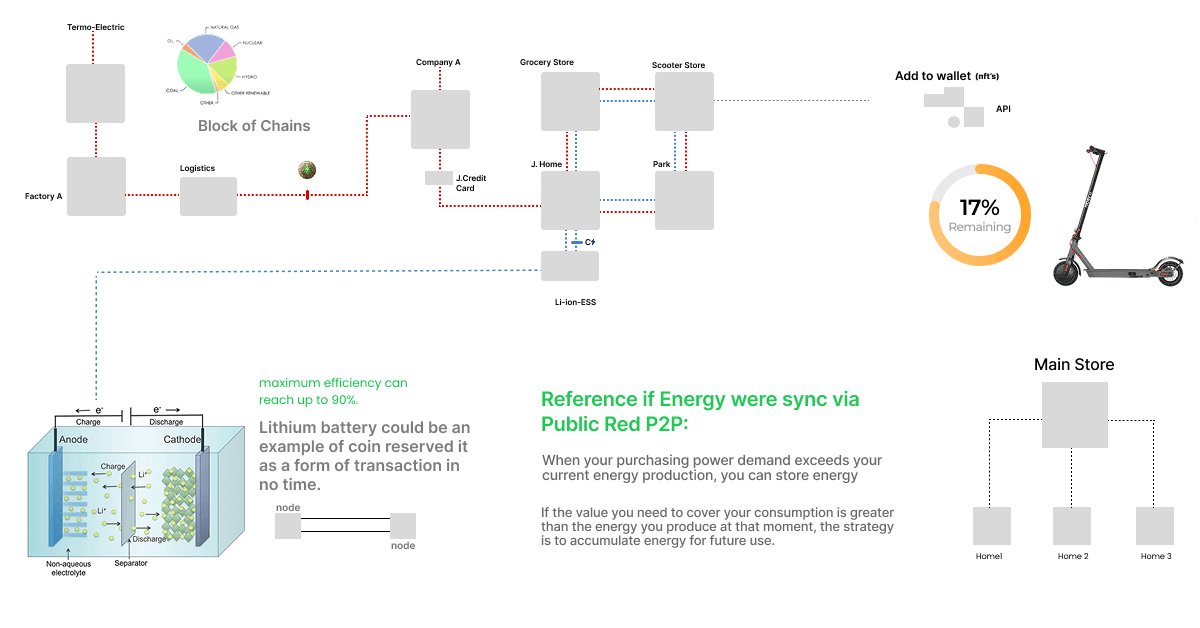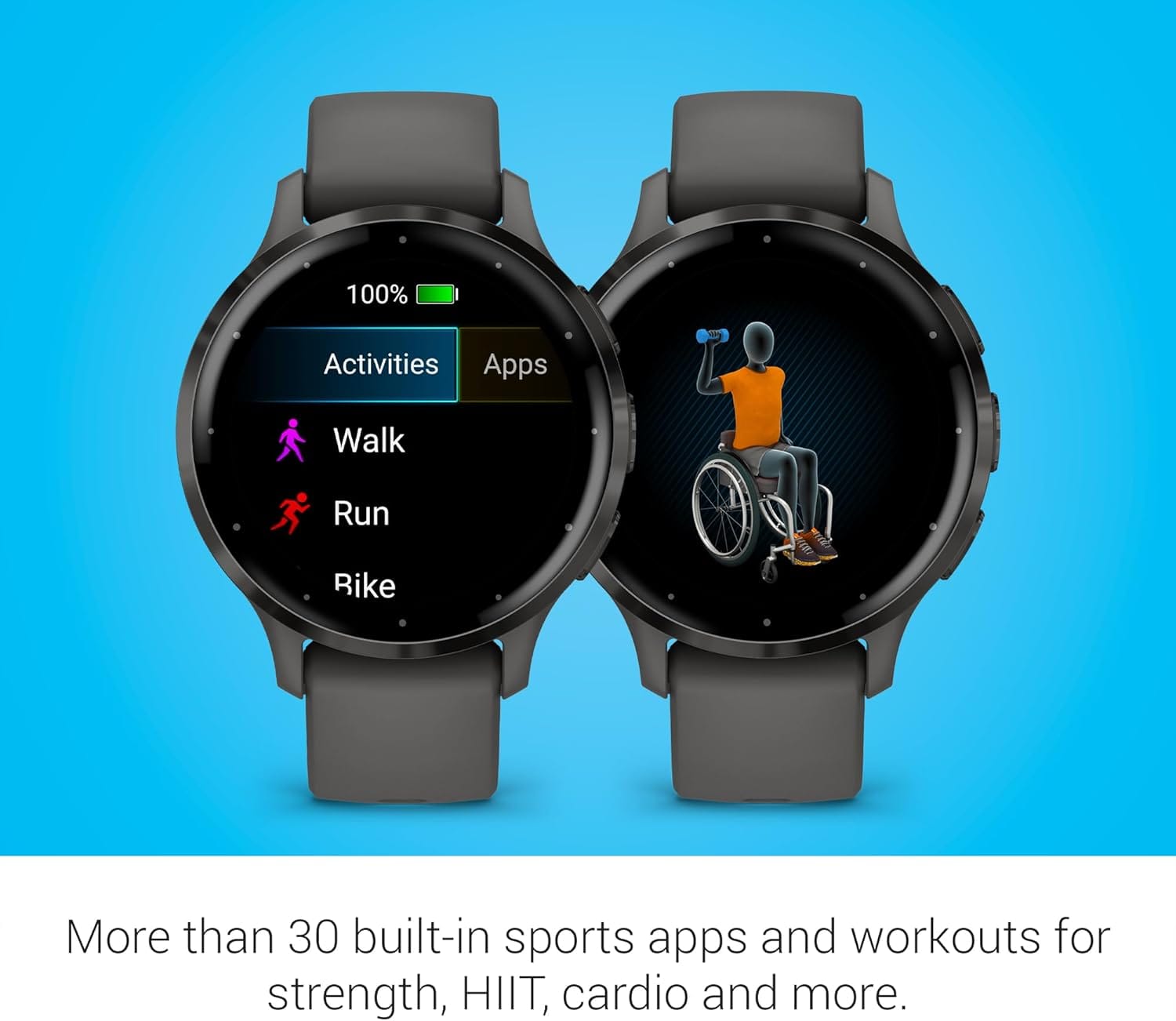[2]-The story of a company and a worker in the new energy economy
![[2]-The story of a company and a worker in the new energy economy](/content/images/size/w1200/2025/08/Currency_distribution-1.png)
In a world where factories no longer prioritize printing money, but rather generating energy, a new currency is emerging: the Light Years Coin.
It's not a banknote, it's not a traditional card; it's a digital block created from the energy production process itself.
From the extraction of renewable energy—solar, wind, hydroelectric—to its distribution, transmission, and marketing, every kilowatt-hour is converted into liquid value.
The idea is as simple as it is powerful:
"If I can generate my energy, why can't I use it as currency?"
Companies know this. That's why physical currency is becoming redundant. Maintaining it costs energy, logistics, and security. In contrast, a digital block can travel frictionlessly from the plant that generates it to a worker's wallet... and then to the coffee machine in a corner coffee shop.
Company A decides to pay in two currencies:
Light Years Coin: it's a renewable energy currency.
Dollars: the traditional currency.
Company B, on the other hand, decides to use only one: its energy currency.
His logic is simple:
“Less printing costs, more digital control, and direct traceability of the value we produce.”
The opportunity for Tobias (fictionay name)
Tobias is looking for a job on Indeed.com.
He finds a vacancy at a smart coffee shop.
The detail that catches his eye isn't the salary, but how he's paid.
Partly in Light Years Coin.
Partly in dollars.

And there's more.
The cafe is in your zip code, minutes from your home.
Free electric scooter chargers are available in the parking lot during business hours.
Plus, if you're hired, you'll receive a digital card that allows you to purchase a scooter at a discount, a housing offer near the area, and a smartwatch that will show you in real time how much you earn, how much you spend, and how much energy you've stored.

In the interview, Tobias hears something that convinces him:
“You just have to register your digital wallet address and your private account. The rest syncs automatically.
The watch and card aren't just accessories.
The watch: Tracks payments and energy consumption in real time.
The card: Connects your work ID to your wallet for direct purchases and payments.
Tobias' home: a mini power plant
At home, Tobia's father has installed a state-of-the-art lithium-ion battery connected to solar panels.
Every day, they produce more energy than they consume.
That surplus isn't wasted:
It's injected into the grid, and payment is received in the company's currency.
Or it's shared P2P with neighbors, friends, or even Tobias himself.

Tobias's smartwatch doesn't just show the time.
It shows how much energy he has available.
It records how much he spent charging his scooter or paying for a coffee.
It lets him know when his dad transfers some of the energy from home to him.
At work, he sees the counter ticking up every hour:
When he gets home, he syncs it with the family battery.
Now he knows exactly whether to save energy to sell when prices are high or spend it on transportation and meals.
Tobias realizes something: his energy credit card allows him to apply for a study near his job with a high probability of approval.
He no longer relies solely on the money he receives in dollars:
His energy currency pays for transportation, meals, and part of his rent.
His energy savings can be converted into dollars if he needs them.
This is his first step toward becoming independent from his parents and building a life with resources generated... literally, by the energy flowing around him.
Thanks for reading...
If you like our content, here are several links to references of similar products with similar technologies than the watch that we've mentioned:

Garmin Venus 3S Slate Stainless Steel Bezel 1.2-Inch AMOLED Touchscreen Display Smart Watch with 41mm Pebble Gray Case and Silicone Band
About this item
Get a sleep score and personalized sleep coaching for how much sleep you need - and get tips on how to improve plus key metrics such as HRV status
